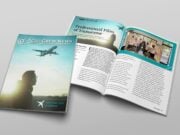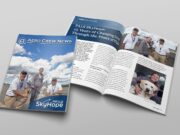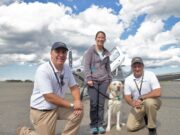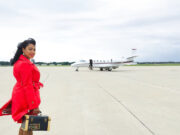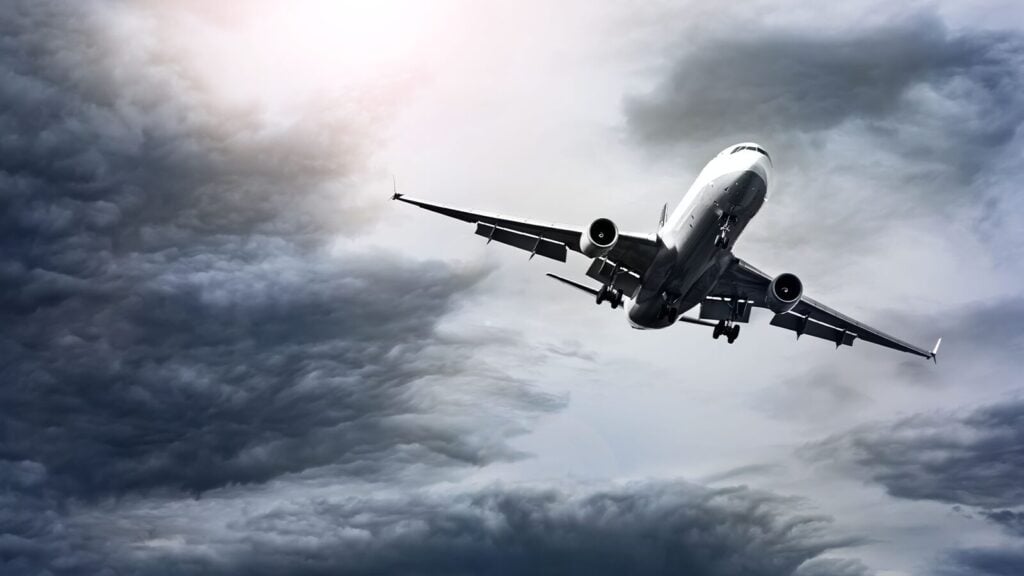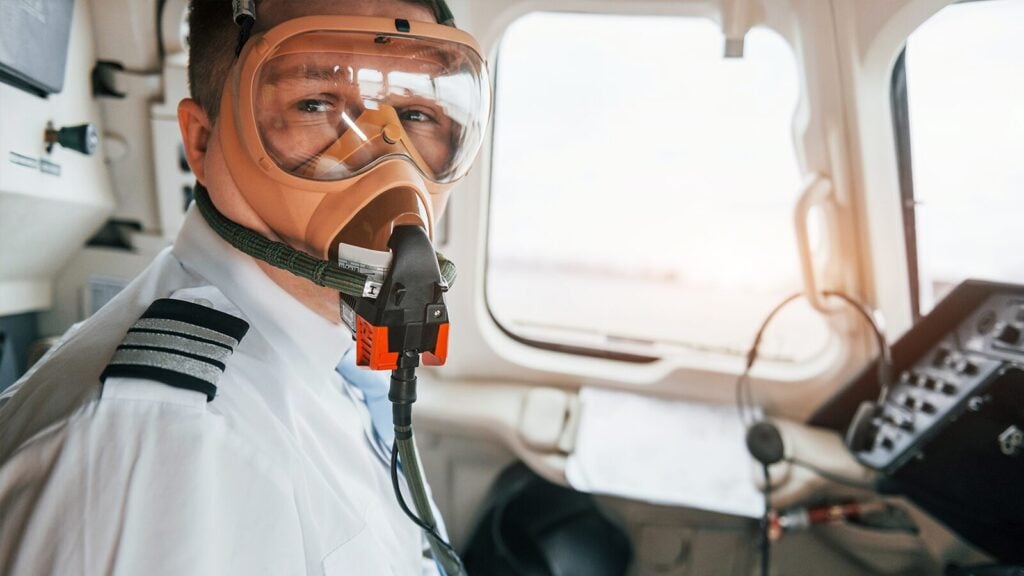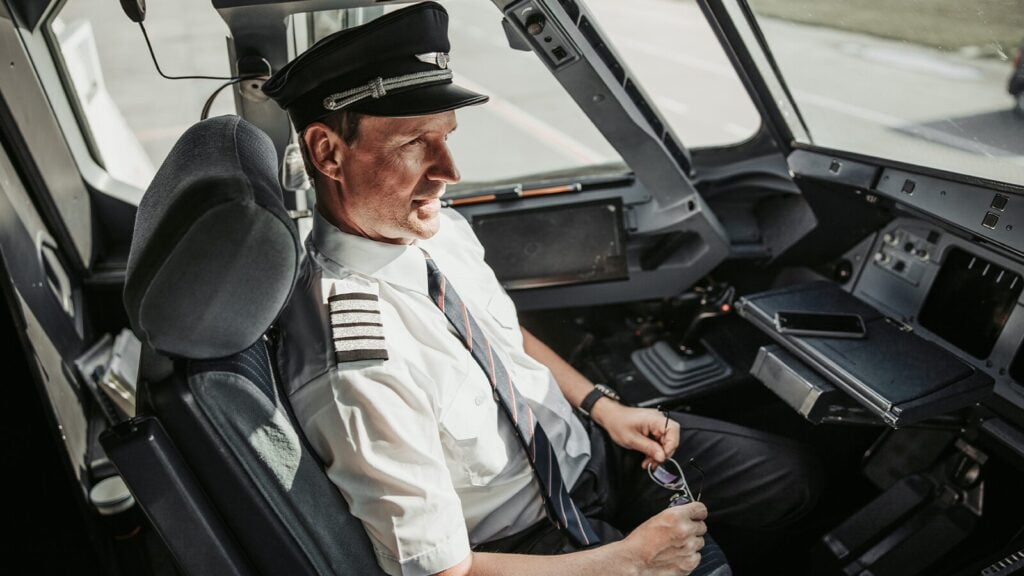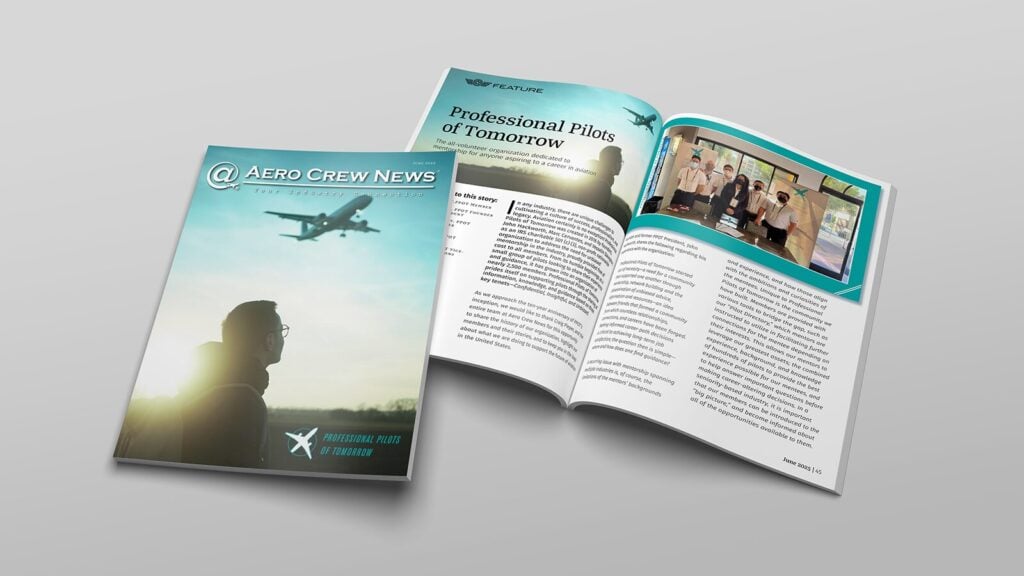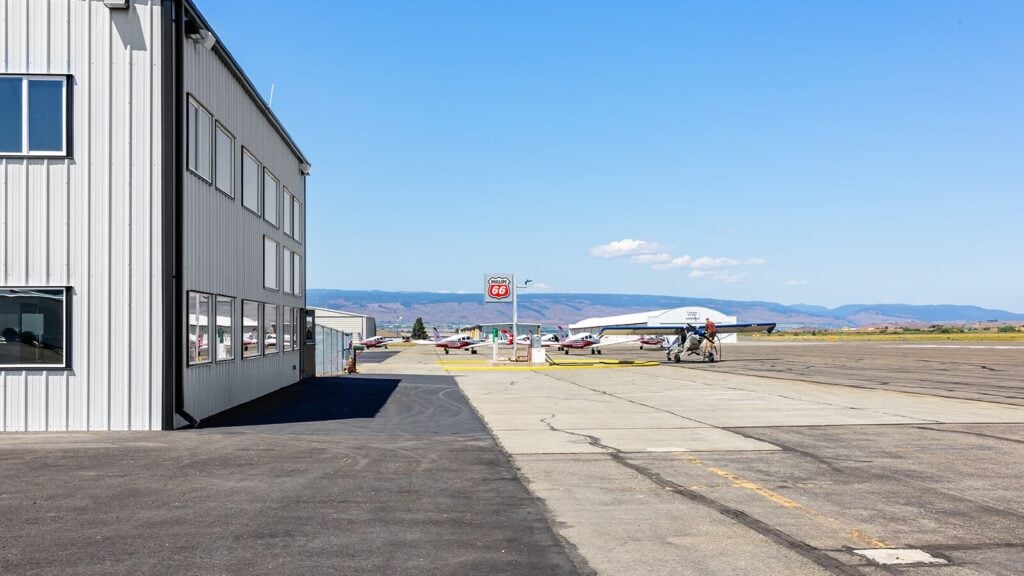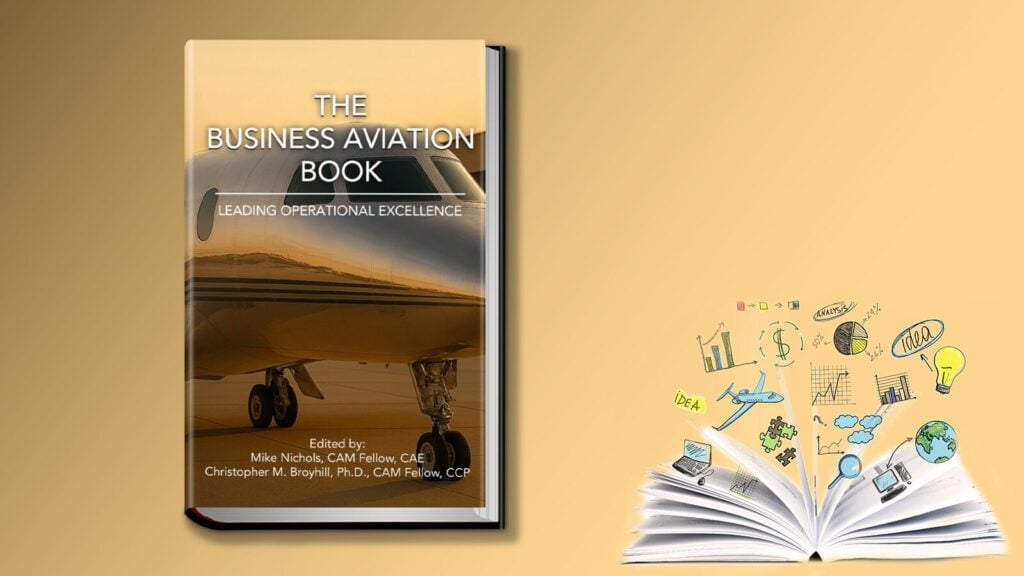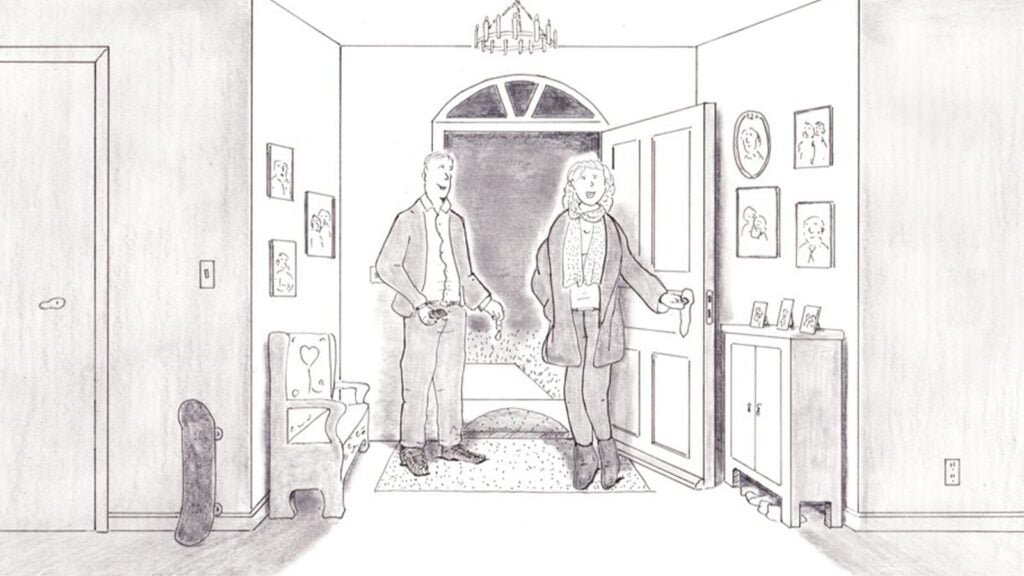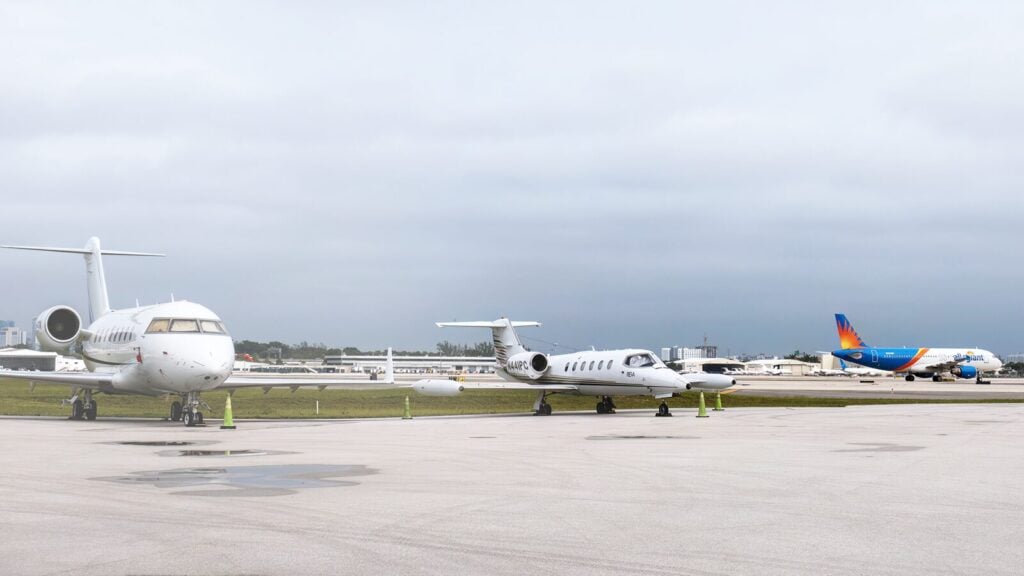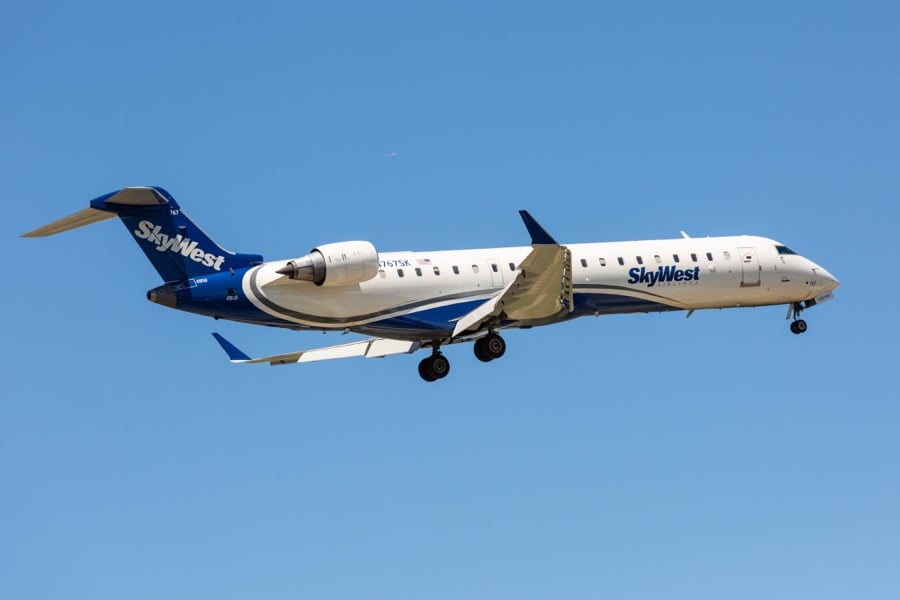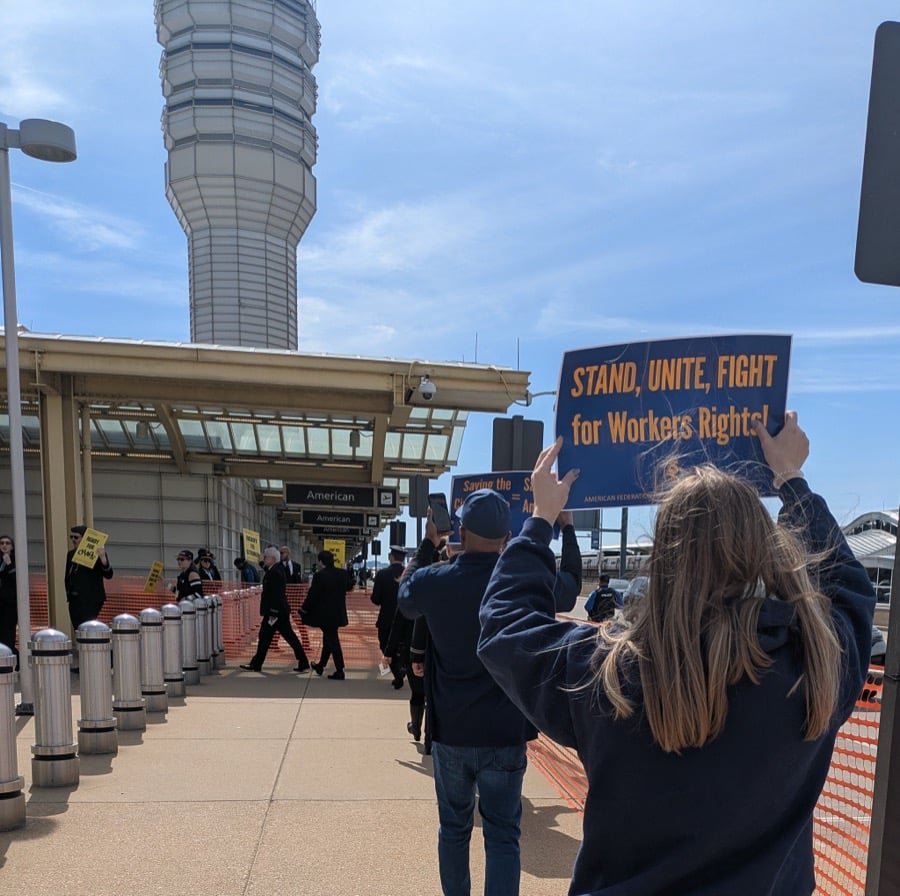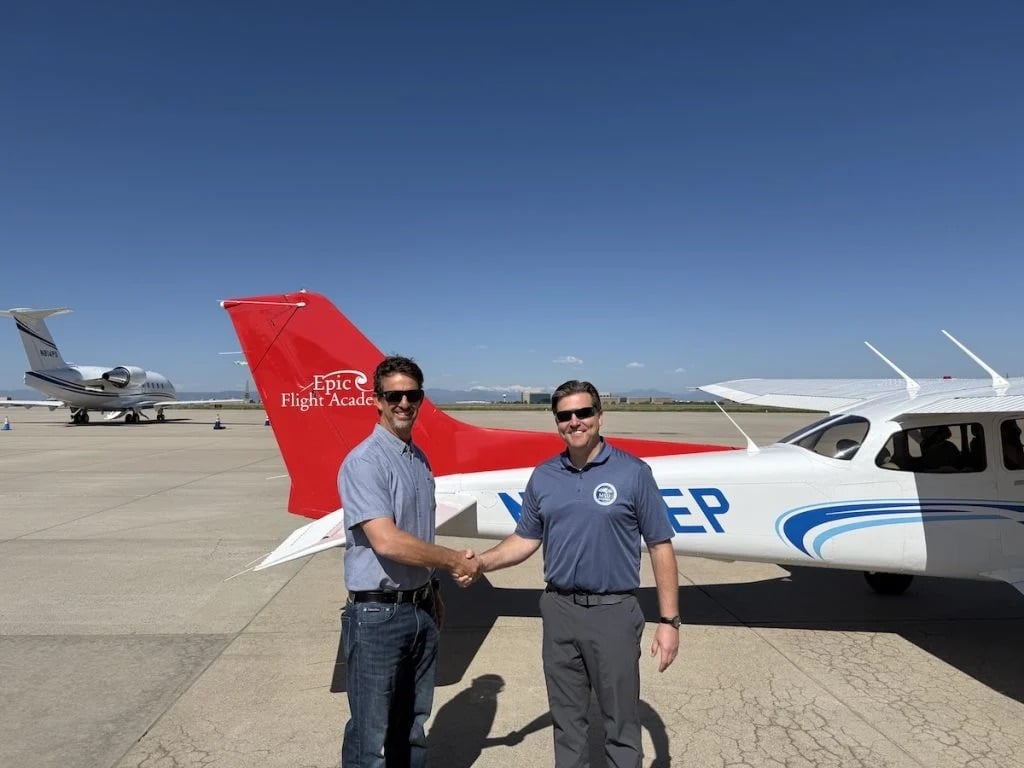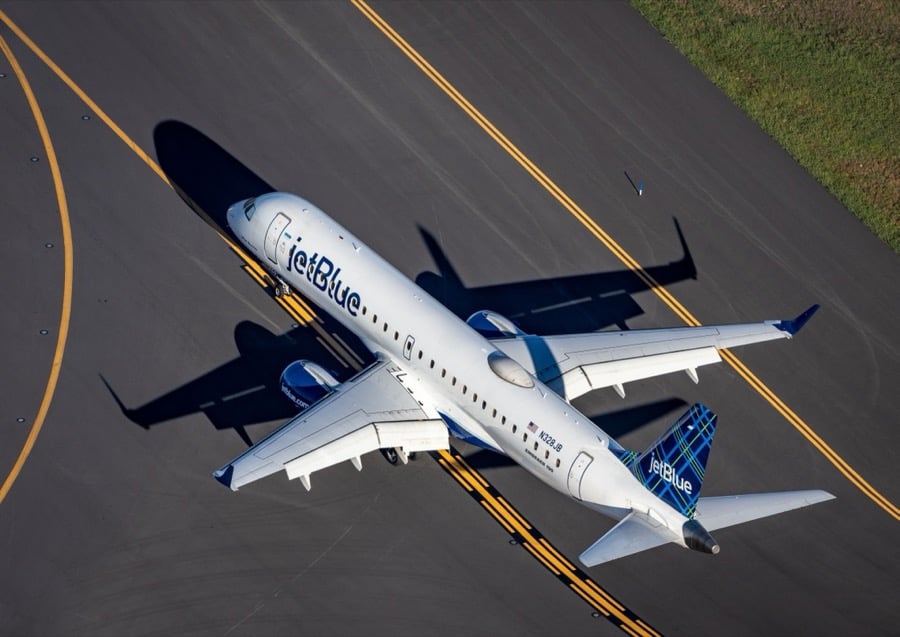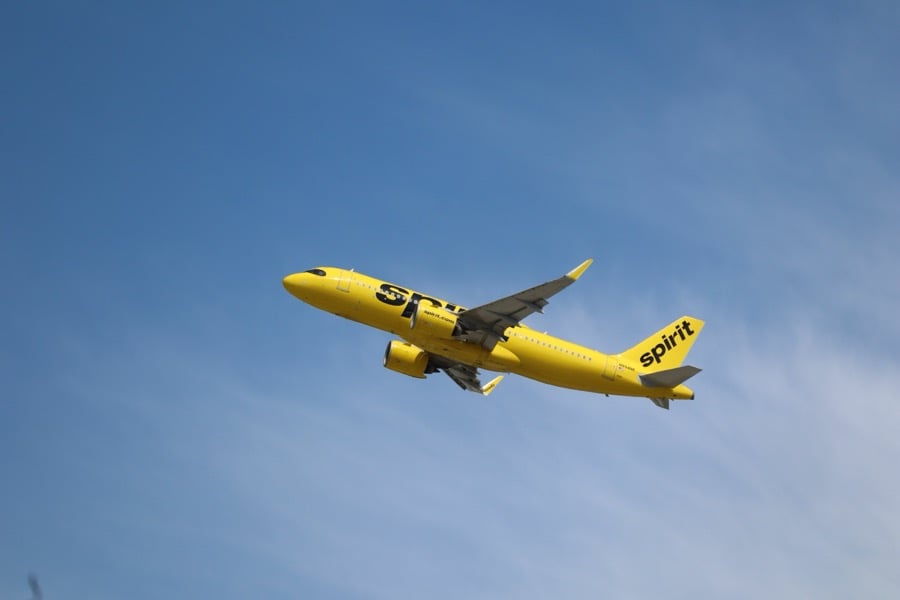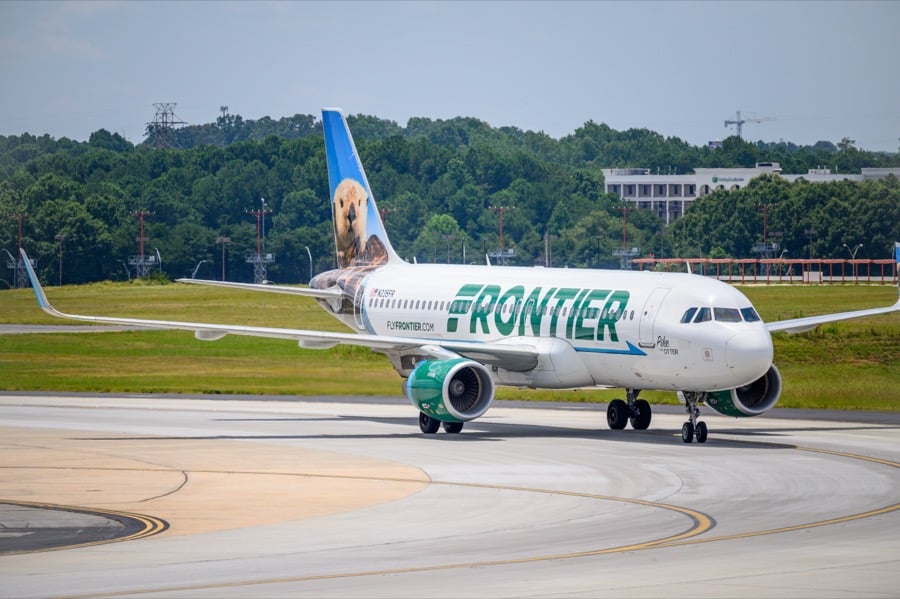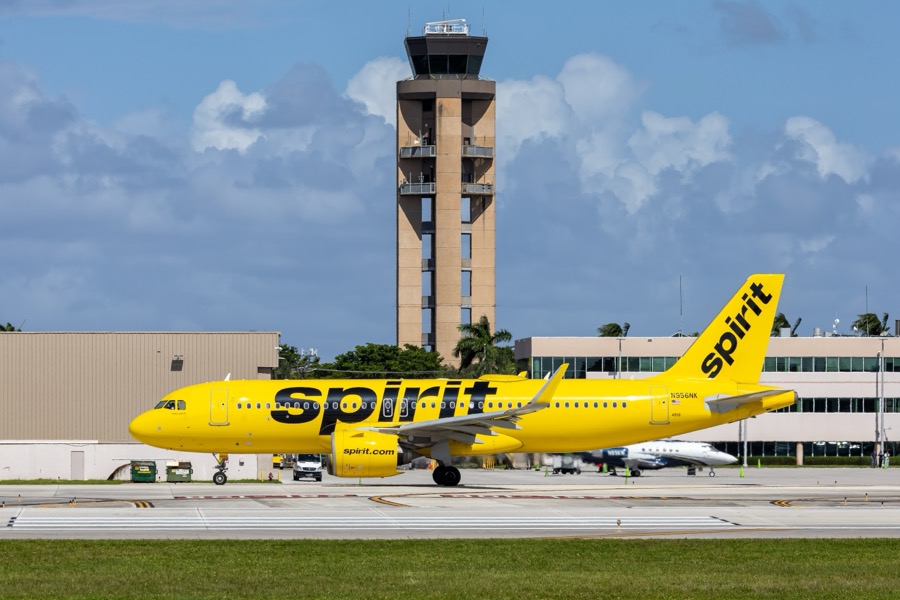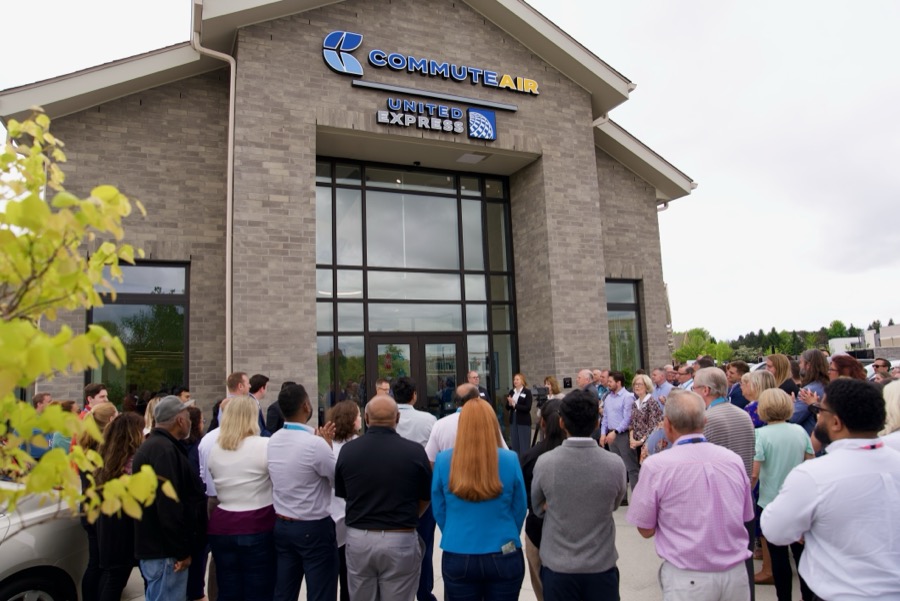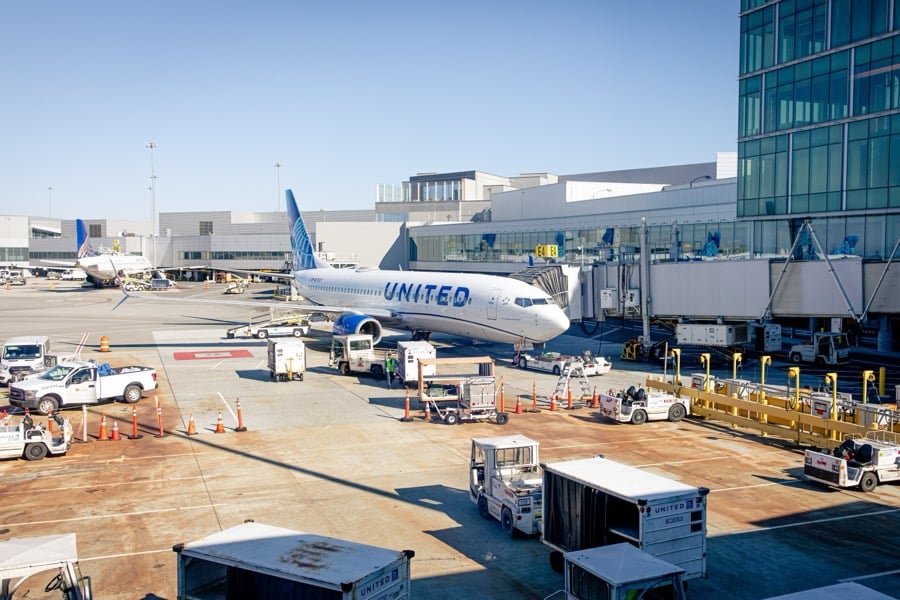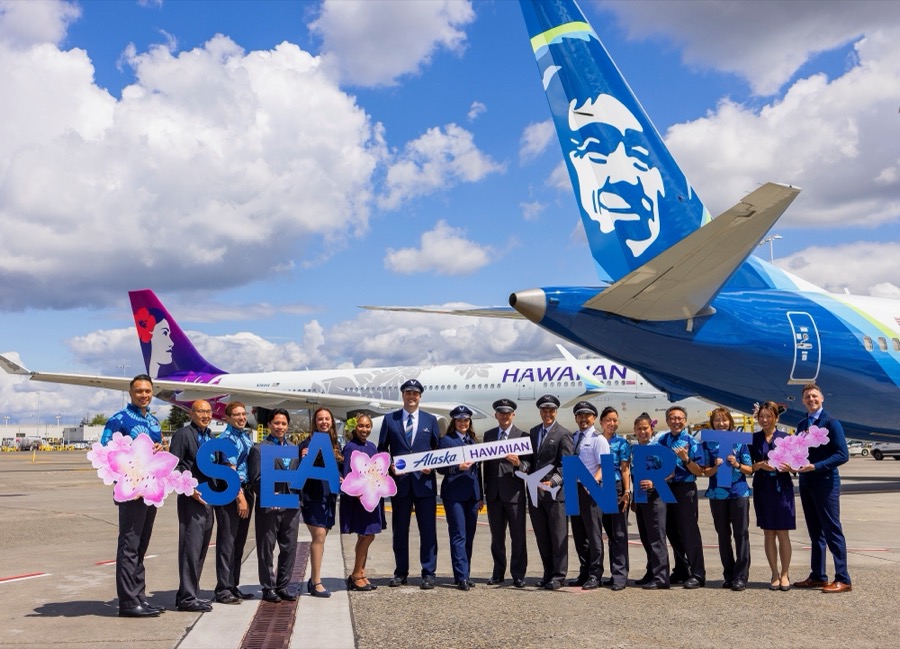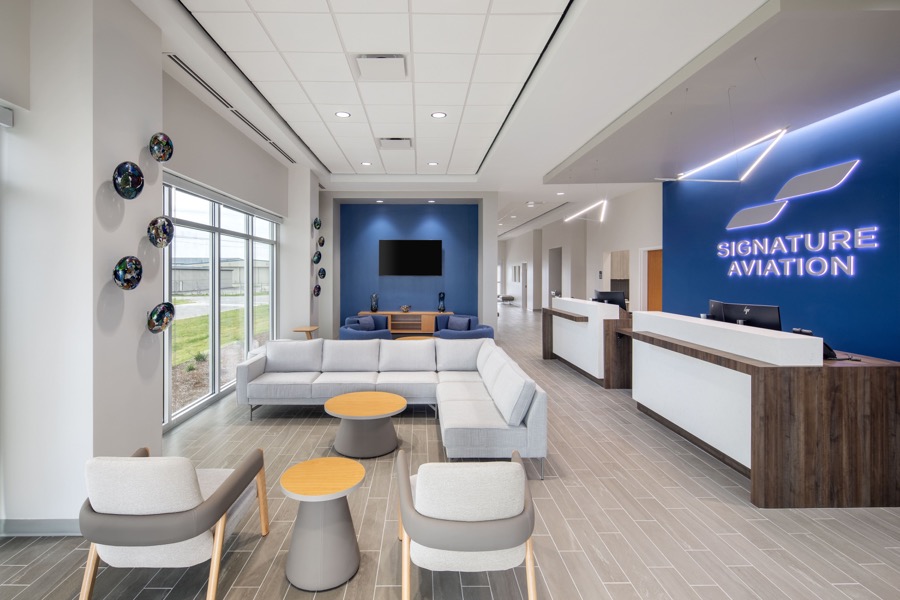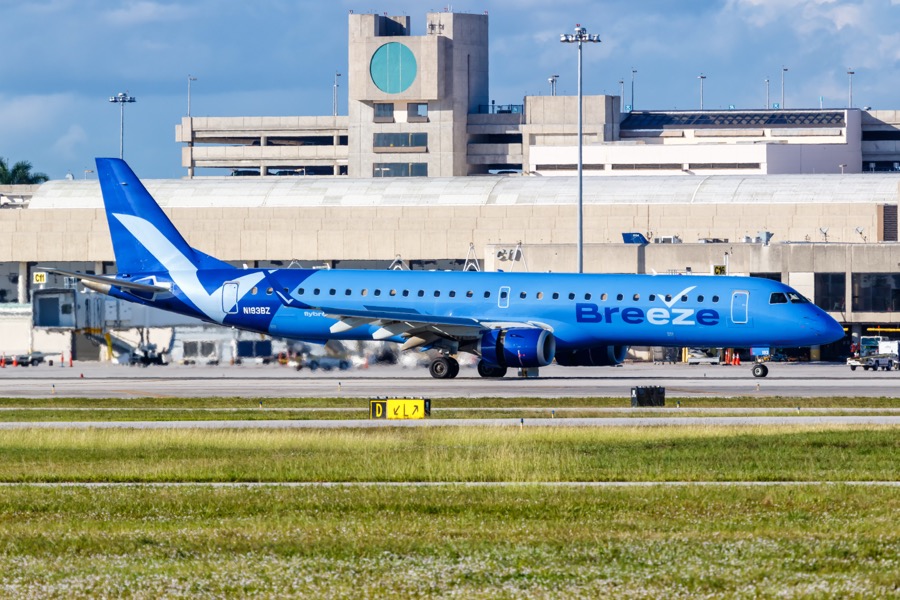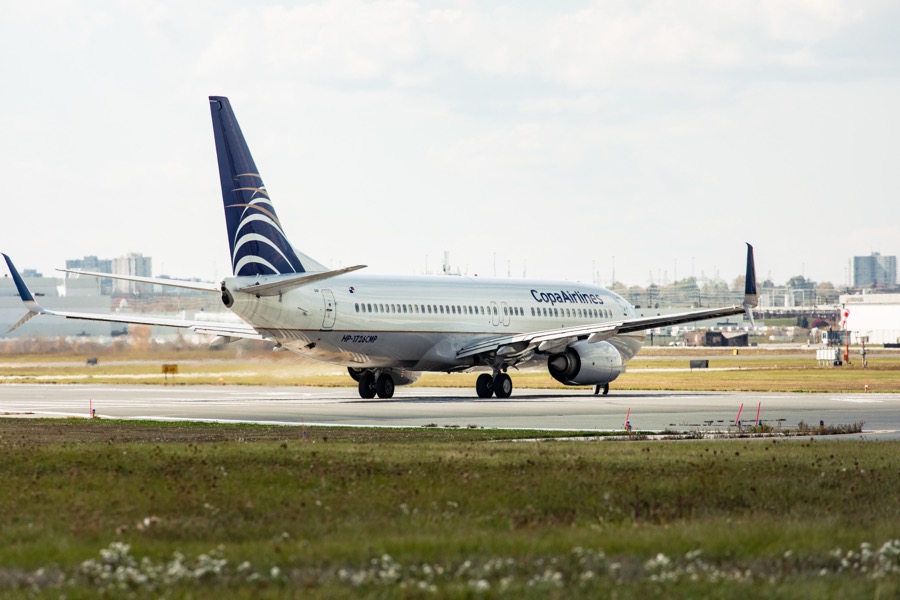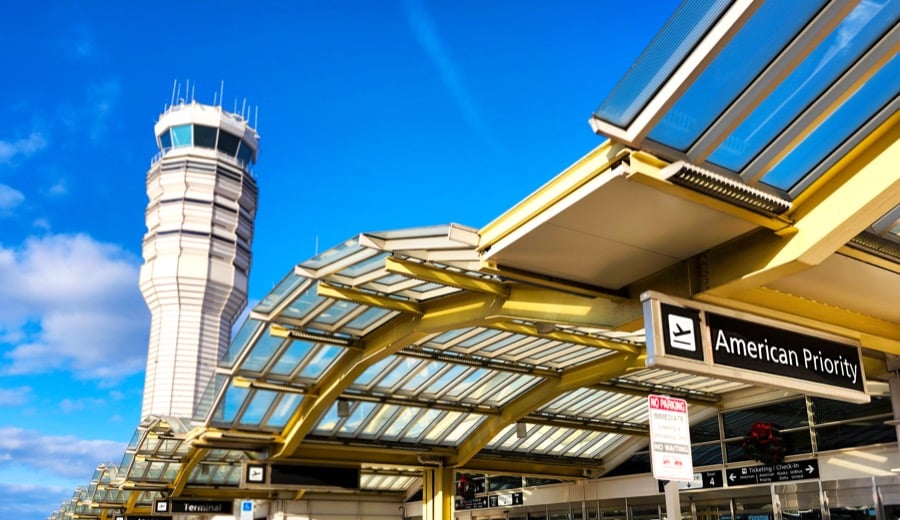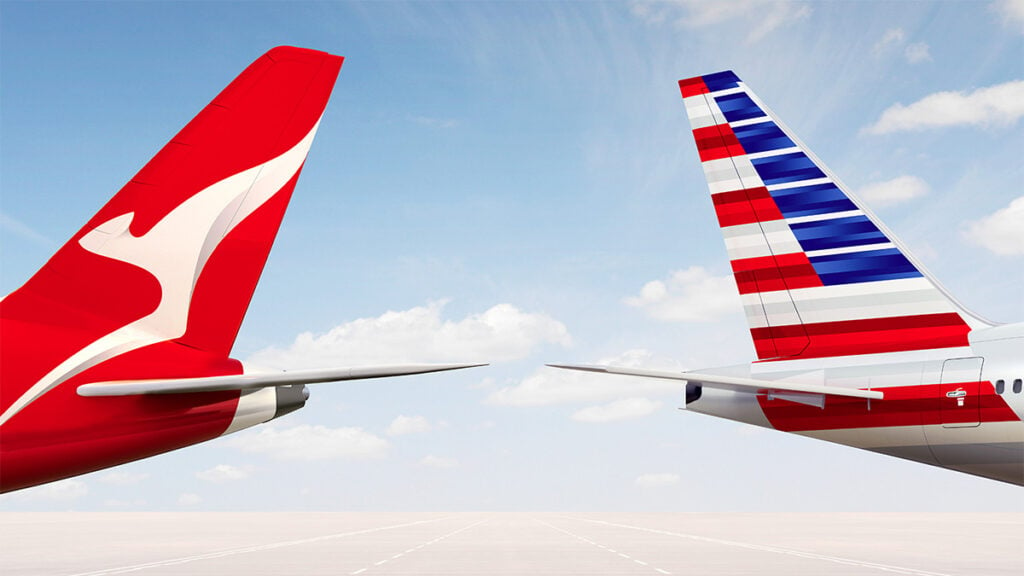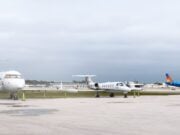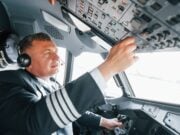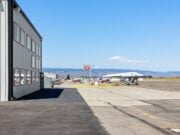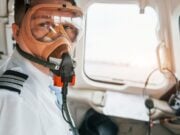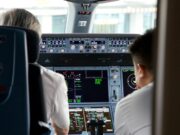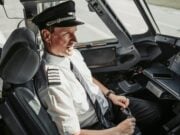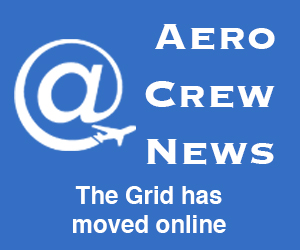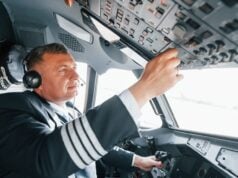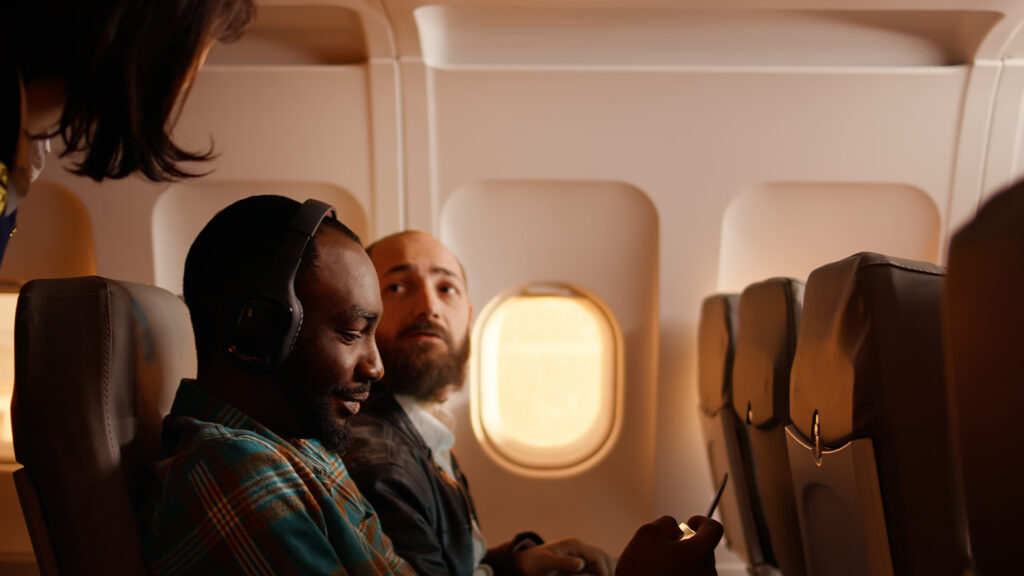
So, there you are, settling into a little nap about mid-way through your transcontinental flight from New York to San Francisco, when a flight attendant says over the PA: “Ladies and gentlemen, is there a pilot on board, if so, please ring your call button.” You look around the cabin, and not seeing anyone reaching for it, you press the little blue overhead button. A flight attendant quickly arrives at your seat and confirms you’re a pilot then asks you to come to the front of the plane. There in the forward galley, she opens the flight deck door and shoves you through it. Another flight attendant is standing inside the spacious cockpit of the Boeing 777, but the first thing you really notice is that the captain and first officer seem to be asleep. The flight attendant grabs your shoulders and says: “CAN YOU LAND THIS PLANE?”
“Surely, you can’t be serious.”
“I am serious…and don’t call me Shirley.”
This is a moment that many pilots quietly dream of—the opportunity to save the day and put hard earned private-pilot skills to use. Despite the more or less successful outcome parodied in the industry-cherished (though completely inappropriate) movie Airplane!, but before proceeding with this fun little thought exercise, let’s be regrettably very clear about this—if you do not have experience flying transport-category, jet aircraft, effectively, you have zero chance of landing this plane. You may be a good pilot and with the right training you could absolutely learn to fly one; but right now, in this moment, you do not have the skills or knowledge to do it. But for the sake of this article, let’s talk about what you could do to maybe…MAYBE, get it on the ground with a lot of help and a lot of luck. So, let’s dig in.
First, get the flight attendant to help you move one of the pilots – whichever one is in a seat you would be the most comfortable occupying. Then, sit down and DON’T TOUCH ANYTHING. Since the plane is still flying, the autopilot system is obviously engaged, and the radios are probably tuned to appropriate frequencies. Take just a minute to look over the digital instruments and navigation panels in front of you. If you have some G-1000 or similar time these might be recognizable; but if you’ve only ever flown steam gauges, you are going to drown in a sea of information. However, the basic six pack is there if you just look for it. Speed is on the left, altitude on the right with a VSI, attitude in the middle, with a digital compass and heading information beneath it.
The pilots may or may not have had a speaker selected to broadcast the radio into the flight deck, so look down next to you below and to the side of the throttle quadrant and find a button for speaker by the radio panel – select it and make sure the volume is turned up. Now, find the hand mic on your other side. Once you’ve done this (and taken a deep breath), key the mic, declare “mayday” three times and wait. If nothing happens, try again. If still nothing, you’ve probably left the previous ATC sector, so try the mayday call on 121.5. The radios should be reasonably familiar and fairly easy for you to figure out. Once you’ve managed to contact ATC, identify yourself and the flight number, and in slow, plain English tell the controller what’s going on (the pilots are incapacitated), and your level of piloting experience (e.g., private pilot, instrument rating, etc.). ATC will likely give you a discrete frequency so they can deal with you directly and will notify the airline of the situation. In turn, the airline will have an experienced training captain on a radio patch to assist you with maneuvering the aircraft. The airline and ATC will also begin working on a plan to help you get down. The good news is, if you’ve gotten this far and you’re in a Boeing or Airbus aircraft, these have auto-land systems that will afford you a chance at surviving. However, if you happen to be flying on a regional jet (an Embraer or Canadair), these aircraft, although reliable and very sophisticated, are not equipped with auto-land capability and are, frankly, even more challenging to fly than their larger turbojet brethren.
While you wait for a radio patch to a training captain, try to familiarize yourself with where the flap handle is (to the right of the throttles), the gear lever (center front above the throttles), and try to identify buttons to control autopilot airspeed and altitude – but do not twist, turn, move, or push anything. Once the training captain is on the line, they will quickly assess your piloting experience and then talk you through basic handling of the aircraft. By now, ATC and the airline have probably worked out whether to have you attempt (in this scenario) a landing at San Francisco or go elsewhere. Because SFO can be a challenging airport for experienced airline pilots, and because the idea of a B777 hurling towards a major metropolitan city is not a great idea, they are likely going to have you go somewhere else with, honestly, less risk to the local populace. So, do not be surprised when they say you’ll be landing at (for example) Sacramento. In any case, a towered airport with effectively nothing around it, good weather (hopefully this happens during the day), with sufficient crash/fire/rescue services, lots of runway, and one that offers instrument approaches that can be programmed into the flight management computer (FMC), which is what you will probably be guided to do next.
Side note: You’re almost certainly being followed at this point by fighter aircraft scrambled by NORAD – you won’t see them, just know that you’re being tailed.
Once you’ve been walked through reconfiguring “the box” to have the autopilot navigate the plane towards Sacramento (SMF), the training captain will start walking you through how to configure the plane for the auto landing. This includes setting the autobrakes, selecting the correct airspeeds when told to do so, arming the flight spoilers, as well as manipulating the flaps and gear when the time comes. If there is still a flight attendant on the flight deck with you, tell them the plan and to inform the rest of the cabin crew. Have them make a passenger announcement about the emergency landing. The cabin crew will probably already know to prepare for a non-routine landing, but if your cognitive and emotional bandwidth can handle it right now, make sure they are doing this.
The last thing before ATC and the training captain start guiding you down and getting you into position for an auto landing will be a review of things to do as soon as you touch down and are stopped which will include how to set the parking brakes and shutting off the engines. As you touch down, fire trucks will begin following you down the runway and as soon as you’ve come to a stop, the flight attendants will probably open all available doors that provide a safe exit to help everyone deplane as quickly as possible.
Now, make sure your seatbelt is fastened and follow all instructions to the best of your ability.
“Good luck, we’re all counting on you.”


